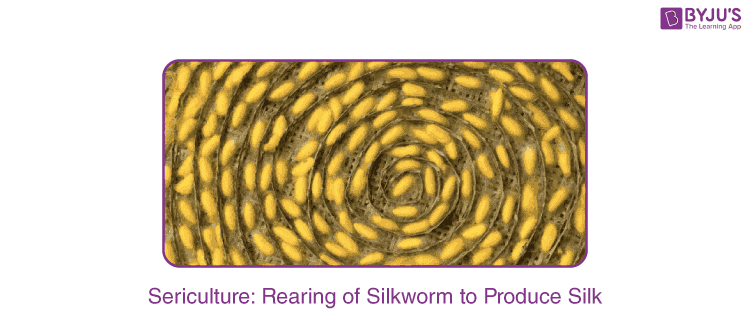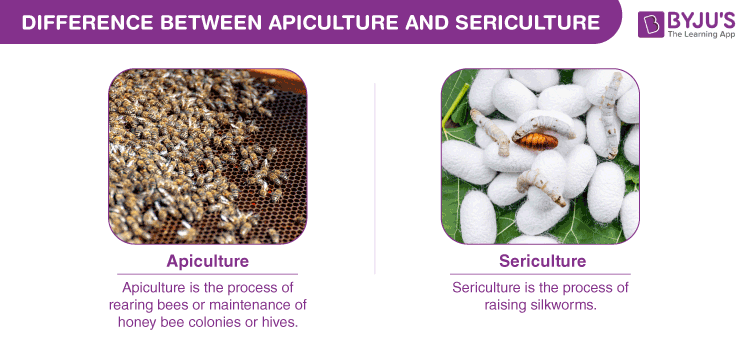What is Apiculture?
The scientific method of rearing honey bees is called apiculture. It is also called beekeeping, where bees are bred commercially in apiaries, are well maintained, taken care of and managed, to produce wax and honey.
Bees are one among the many insects in the world that can produce honey which is beneficial to all of us. There are different species of bees, among which only a few produce honey.
The most popular species of honey bees that are raised are as follows:
- Apis dorsata or rock bee. It is a huge or a large-sized honey bee, which can produce around 35 to 45 kg of honey per colony.
- Apis indica or the Indian bee. This species of honey bees produce about 3 to 6 kg of honey per colony per year.
- Apis Florea or the little bee. This species of honey bees produce about 1 kg of honey per colony per year.
- Apis mellifera or the Italian bee. As the name suggests, this species is not local. This species is very typical, compared to other species. These bees produce a high amount of honey.
Explore more: Apiculture – Beekeeping
What is Sericulture?
The biological process of rearing silkworms to produce raw silk is called sericulture. Silk is a type of natural fibre, which was discovered around 3500 BC in China. The silk thread (yarn) is a natural animal fibre obtained from the silk moth’s cocoon. In the process of sericulture, the produced silk is separated from the cocoon by exposing it to sunlight.

The process of extracting silk from the cocoon is known as the processing of silk and is carried out in different stages:
Stage 1
The egg is laid by a female moth which is the size of small dots, and it lays more than 350 eggs at a time.
Stage 2
The fully developed eggs crack and feed on mulberry leaves for 25 to 30 days before going to the next stage.
Stage 3
The silkworms spin a protective cocoon around themselves. A protective layer called a cocoon is formed at this stage, which resembles a small cotton ball.
Stage 4
It is called the pupa stage, which is motionless. This is the final stage, where the pupa is collected, placed into the boiling water, and unwinds the silk thread.
Stage 5:
A few pupas are allowed to grow into adult moths. The fully grown and developed female moth lays eggs after mating, and thus the life cycle of the silkworm begins again.
Let’s learn the differences between apiculture and sericulture.
Apiculture and Sericulture – Comparisons

| Apiculture | Sericulture |
| Definition | |
| Apiculture is the process of rearing bees or maintenance of honey bee colonies or hives. | Sericulture is the process of raising silkworms. |
| Process | |
| Apiculture is done with the help of honey bees. | Sericulture is done with the help of silk moths. |
| Application | |
| Apiculture is practised for the production of honey, bee wax, royal jelly, bee venom and is also very much useful for crop pollination. | Sericulture is practised for the production of silk. |
| Stages of Production | |
| Four stages of development: Egg⇢ Lava ⇢ Cell capped ⇢ Pupa |
Three stages: Moriculture ⇢ Silkworm rearing ⇢ Silk reeling |
Also refer: Difference between Apiculture and pisciculture
This article concludes with an introduction to apiculture and sericulture and their differences.
Stay tuned to BYJU’S Biology to learn more in detail about apiculture, sericulture and the differences between apiculture and pisciculture.

Comments